Welcome to the summer! Here at AOP we’ve started our summer programme and we are delighted to welcome the public back through our doors. It may be a late night in the summer but stargazing is still a very worthwhile activity! Have a look out for some of these events and objects through the month of July.

Globular Cluster M13
Messier 13 or M13, also designated NGC 6205 and sometimes called the Great Globular Cluster in Hercules or the Hercules Globular Cluster, is a globular cluster of several hundred thousand stars in the constellation of Hercules. It is one of the brightest star clusters visible from the Northern Hemisphere. A globular cluster is a spherical collection of stars which are very tightly bound by gravity, which gives them their spherical shapes and high concentrations of stars toward their centers. M13 is 25,000 light-years away from Earth and is very old, at 11.65 billion years old. In fact, it could be one of the oldest objects in the universe. To give you context, the universe seems to be 13.8 billion years old, and earth is 4 billion.
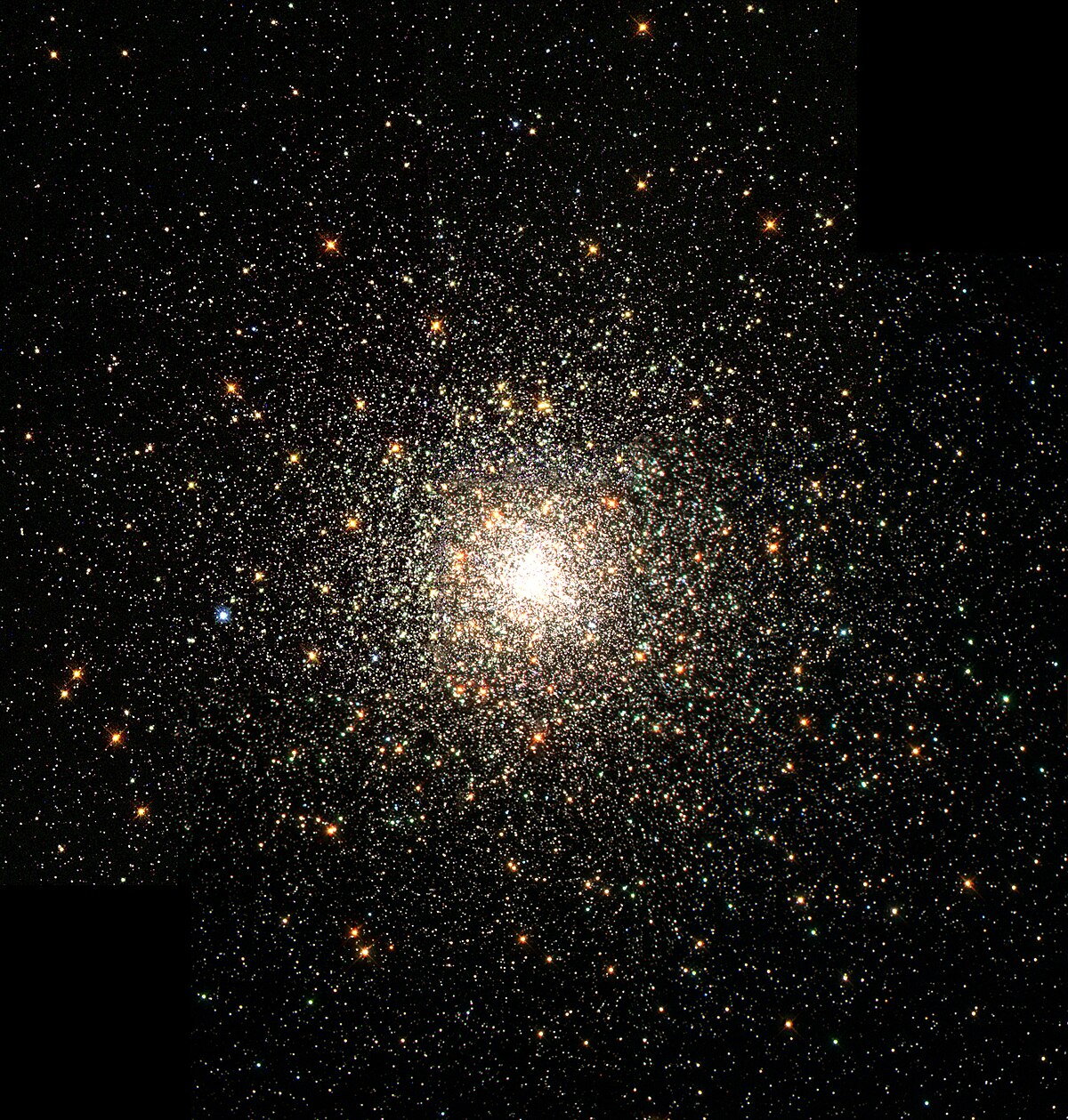
Compared to the stars in the neighborhood of the Sun, the stars of the M13 population are more than a hundred times denser. They are so densely packed together that they sometimes collide and produce new stars. The newly formed, young stars, so called “blue stragglers”, are particularly interesting to astronomers.
Full and New Moons
The Moon will go through its usual cycle this month, going from a crescent to gibbous, from invisible to bright and full in the sky. The New moon this month will appear on the 10th, when the moon and sun are on the same side of the earth as each other. This is the best time of the month to go stargazing for faint objects, as the moon’s light won’t hinder you.
Two weeks later, on the 24th July we will see the full moon, when the moon and sun face each other and the full face of the moon is illuminated. This month’s moon was known by Native Americans as the Buck Moon – as this was the time of the year that bucks (male deer) would begin to regrow their antlers, after shedding them for winter. Alternative names are the thunder moon (due to summer storms taking place at this time of year) and the Hay moon (after the summer hay harvest).
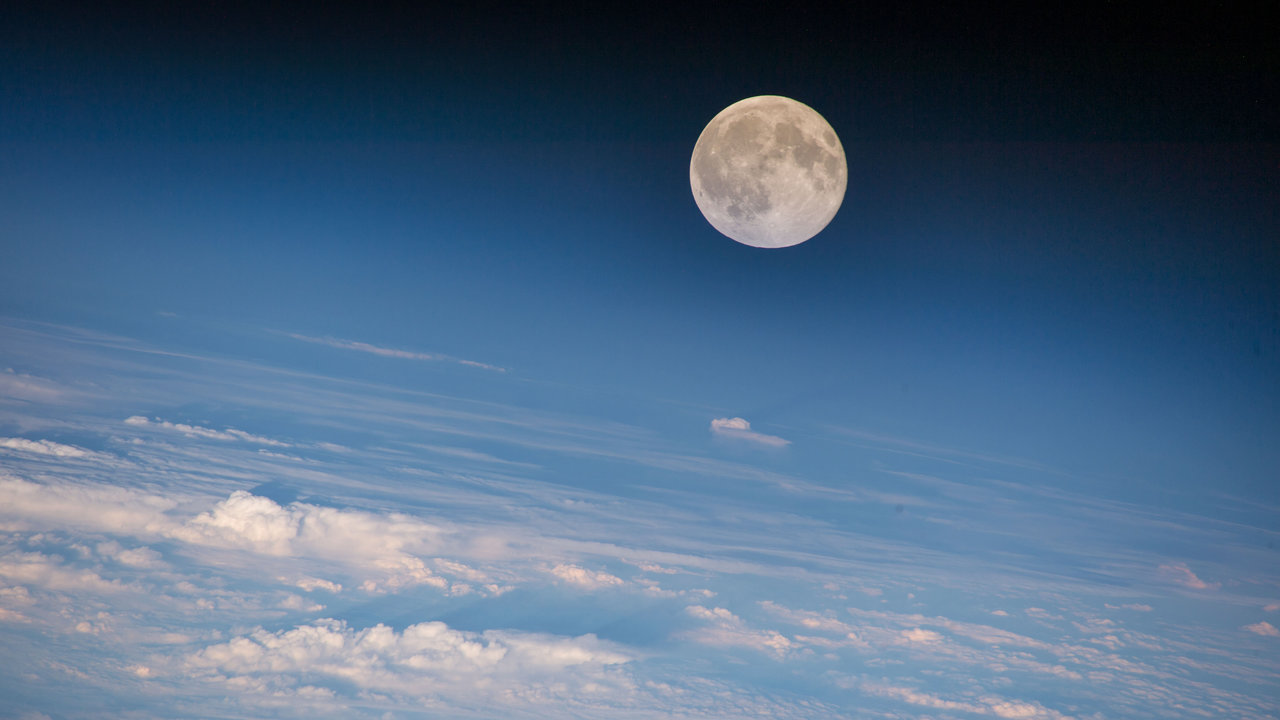
Meteor showers
We also have a few meteor showers this month. First to arrive are the slow and steady Alpha Capricornids, starting on the 2nd July, and finishing around the 14th August. The peak of this shower will be on the 30th July, but the number of meteoroids doesn’t change much overall from start to finish, and only 5 of the meteoroids are usually seen per hour of the shower. The parent body from which the Capricornids originate is a comet called 169P/NEAT. The Earth passes through this comet’s orbit each year, and the debris that follows the comet around gets pulled into Earth’s atmosphere, where it burns up as many shooting stars. This shower which appears to come from Capricorn will be somewhat eclipsed by the one originating from its neighbour in the sky, Aquarius.

Starting on the 13th of July, but peaking towards the end of July, the Delta Aquariids will streak through the sky. They appear to originate in the constellation of Aquarius, which will be low in the southern sky all night. Aquarius will reach its highest point around 3:30am, so start your meteor watch from around 2am to increase your chances of spotting shooting stars. Coincidentally, Jupiter will also be in this constellation at this time, so keep your eye out for the largest planet in our solar system amongst the meteors! This meteor shower isn’t the most prolific shower, despite being much more intense than the Alpha Capricornids. The Aquariids will peak with a rate of 16 meoteroids per hour and trail off with fewer meteors each day into August. The parent body of this meteor shower is currently unknown – there are a few contenders, but we don’t know for sure. The suspected origin is comet 96P/Machholz, which is known as a sungrazing comet – it comes closer to the sun than most other comets, with its closest point to the sun well inside the orbit of Mercury.
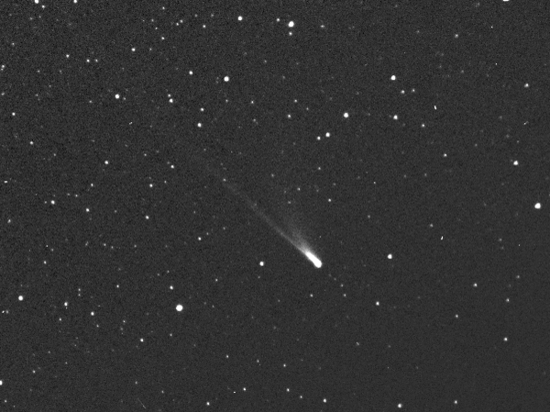
There is one meteor shower though, that outshines all the others, and that is the Perseids. The Peak of this shower may not happen until August, but it might be worth looking out for some meteors in the time leading up to the peak, which will be from mid-July on. This meteor shower originates from the famous Comet Swift-Tuttle, and gradually increases to its peak of 150 shooting stars per hour.
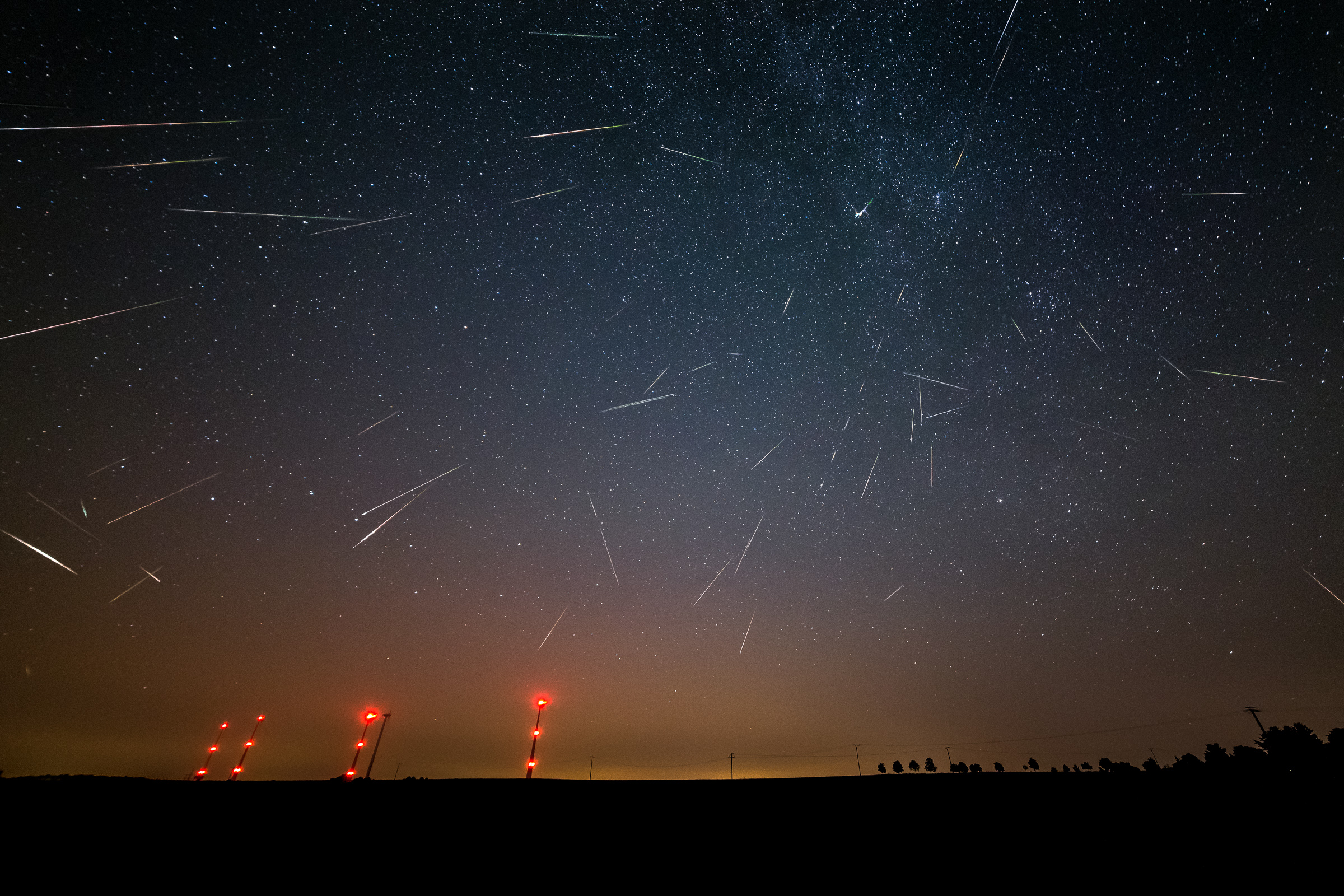
Mercury at Greatest Western Elongation
The planet Mercury reaches greatest western elongation of 21.6 degrees from the Sun. This is the best time to view Mercury since it will be at its highest point above the horizon in the morning sky. Look for the planet low in the eastern sky just before sunrise.
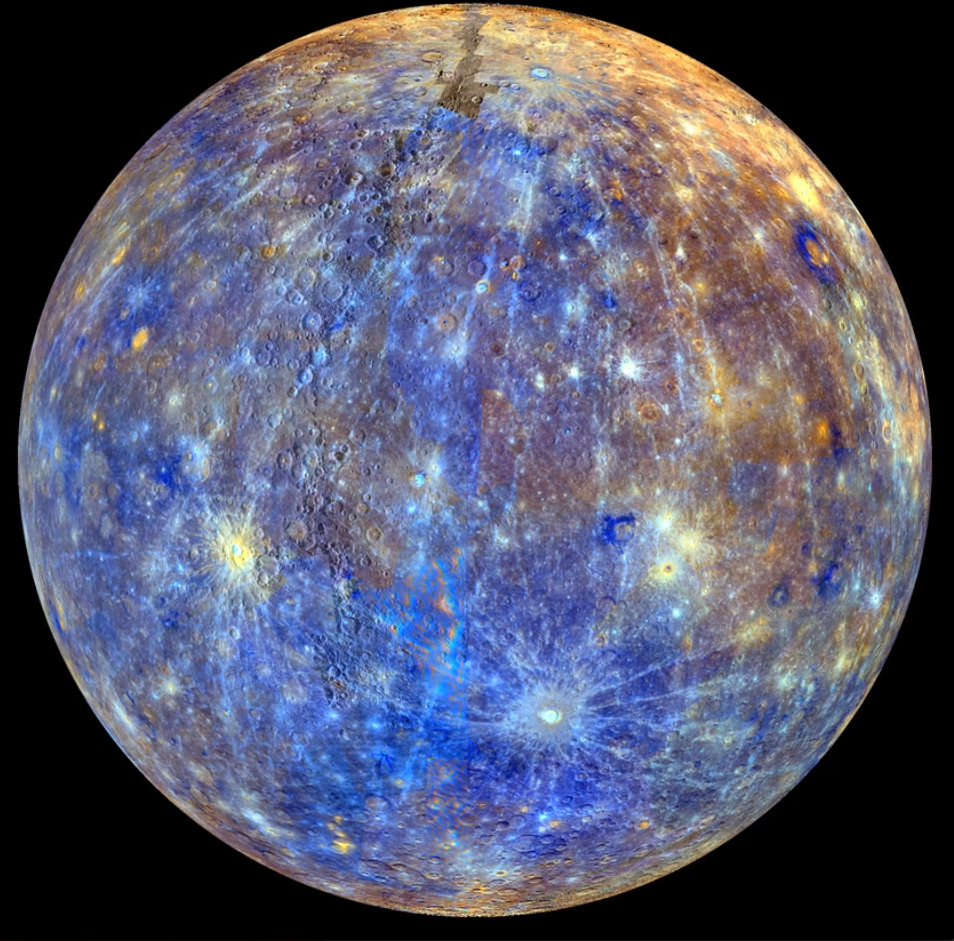
Ophiuchus and Serpens
Ophiuchus is a large constellation sandwiched between the two ends of the snake Serpens. It is visible in the southern sky throughout the summer months and lies on the ecliptic. This is a line which circles the earth on which the planets, moon and sun usually lie. They all lie on this line because the solar system is a flat disc, and all the planets orbit on the same plane.
Ophiuchus also lies very near the centre of our galaxy, as visible from Earth. The centre of the milky way also lies on the ecliptic (because the entire galaxy is generally disk shaped) between Sagittarius and Ophiuchus.

The constellation has many deep-sky objects located within it, due to it being so close to the centre of the galaxy. Many of these deep sky objects are globular clusters, including M9, M10, M12, M14, M19 and M62. Globular clusters are some of the oldest objects in the universe, with many of these ones giving us an idea of how old the universe actually is. Detection of these star clusters also allowed us to determine that our solar system is not at the centre of our galaxy.

There is also a very interesting and unusual object within the boundaries of the constellation Ophiuchus called NGC 6240 – it is a remnant of two galaxies which started to merge. There are two supermassive black holes within the object, orbiting one another 3000 light years apart. There is a lot of energy in the object left over from the collision and being generated from the black holes. This energy is used to form new stars, making it a starburst galaxy as well. It is expected that the two black holes will merge in another billion or so years from now. For now, the remnant looks like a butterfly in space.
Serpens, the constellation surrounding Ophiuchus is a unique constellation; it is the only one to be split over two parts. The two parts of Serpens are Serpens Caput, and Serpens Cauda, meaning head and tail respectively. Serpens contains the Eagle Nebula, famous for its spectacular Pillars of Creation, as seen by Hubble.
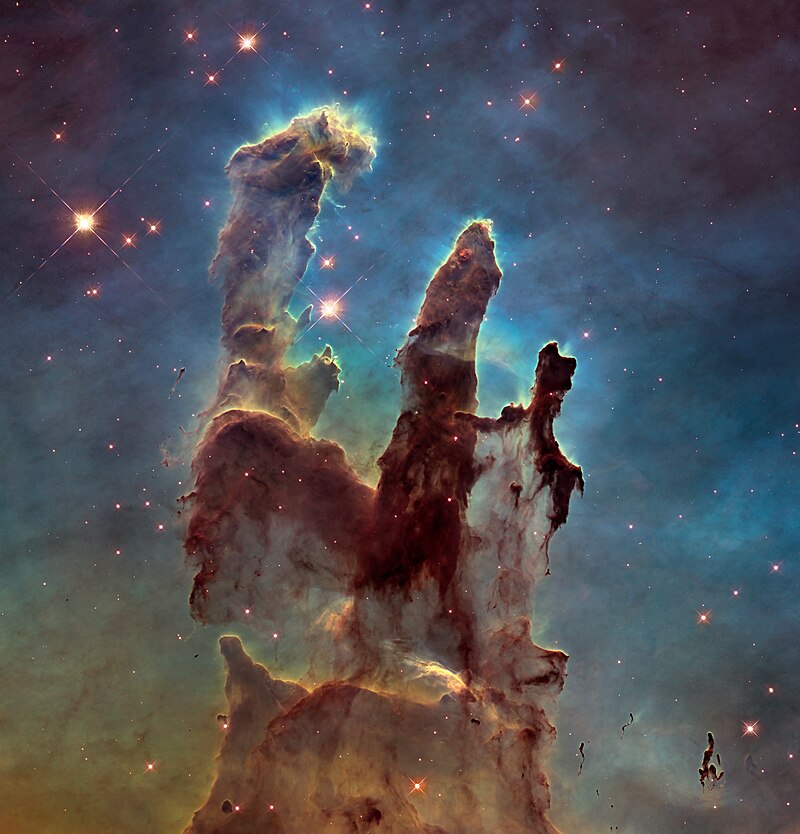



0 Comments